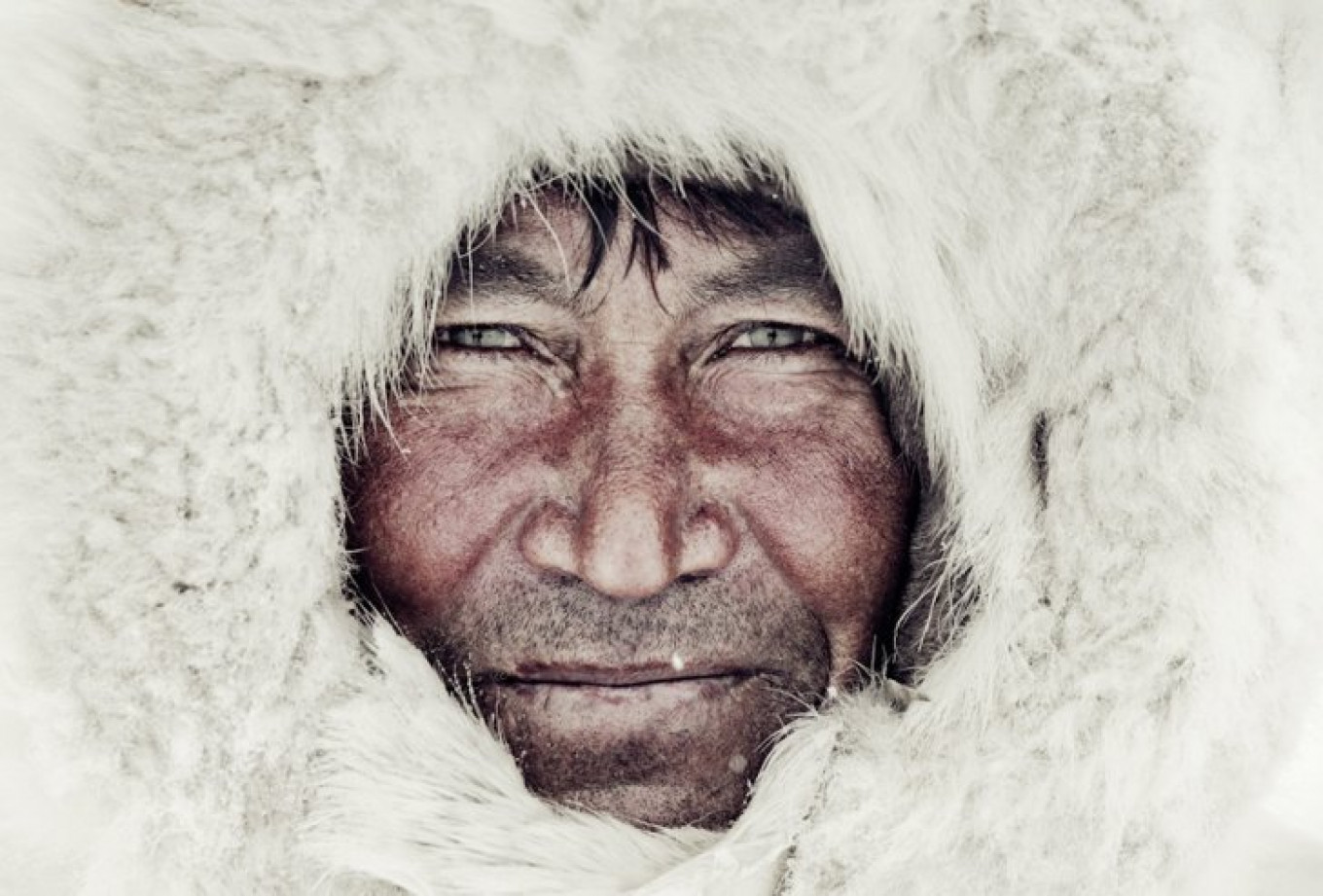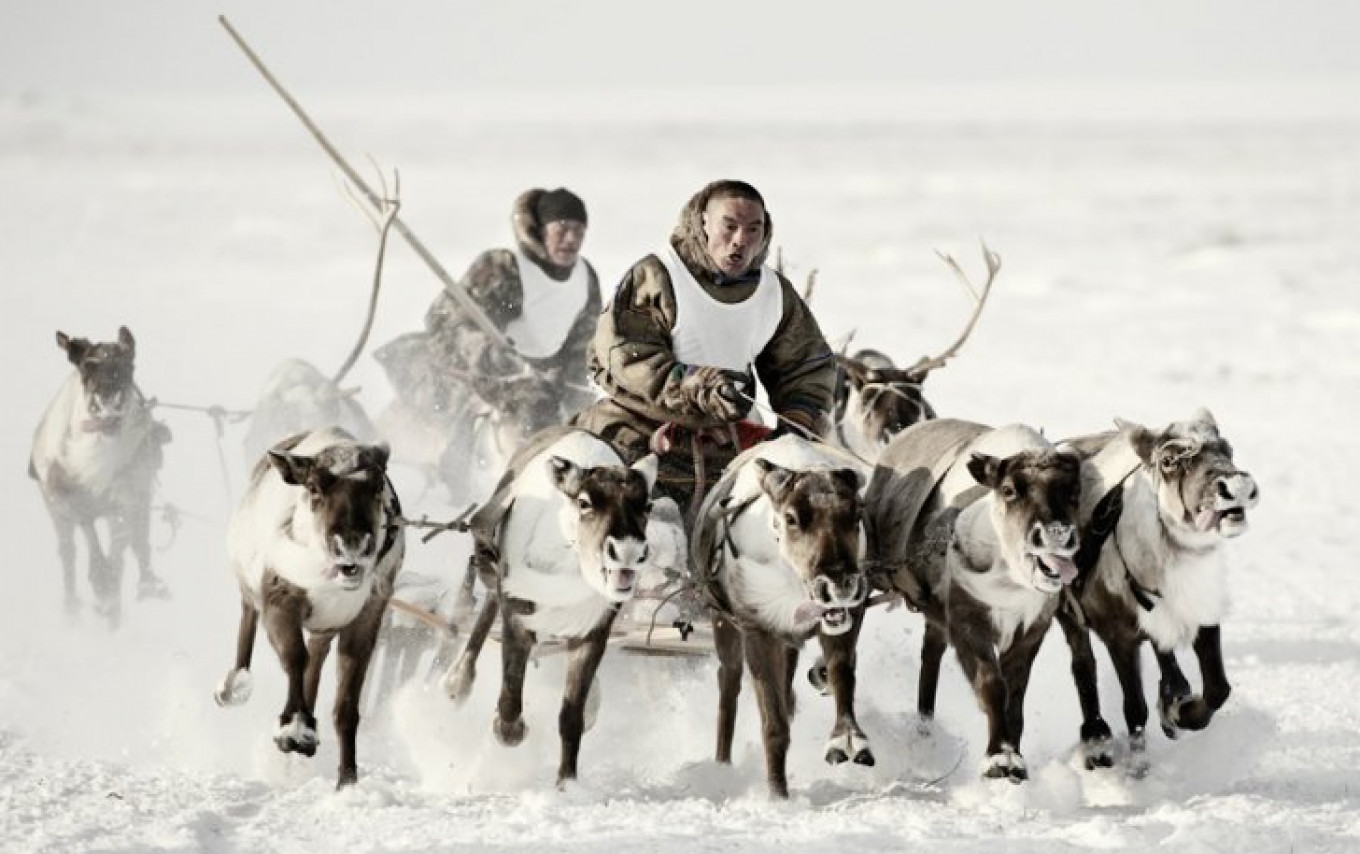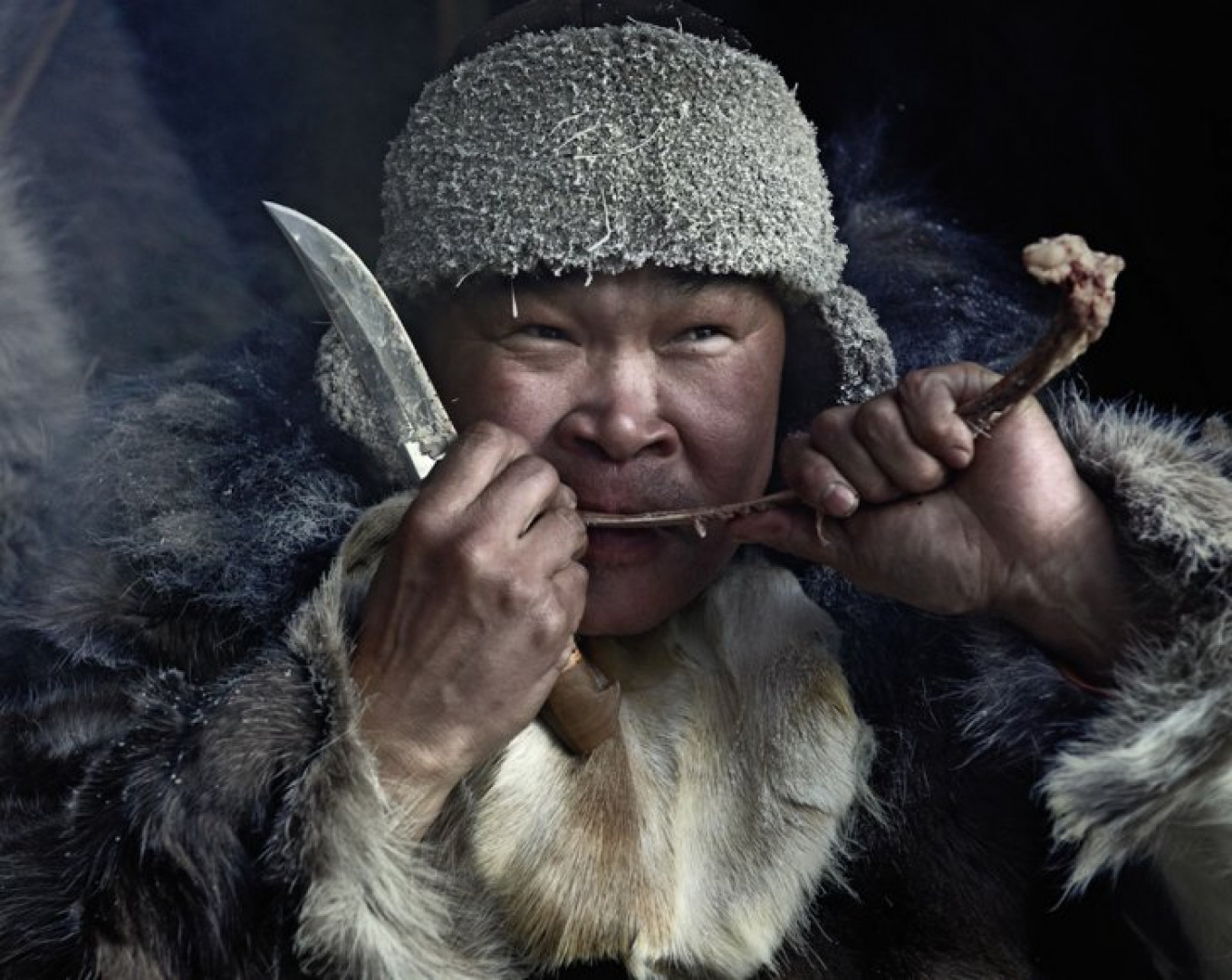The Nomadic Tribes of Russia and Mongolia

In "Before They Pass Away," British photographer Jimmy Nelson presents a collection of images that document the lives of the world's last surviving tribes — including those living in Russia as well as Mongolia.
Despite increasing globalization, these societies have managed to preserve their traditional ways and customs, living in close harmony with nature.
"Before They Pass Away" is available to purchase here.
By Jimmy Nelson Pictures BV,
www.beforethey.com
www.facebook.com/jimmy.nelson.btpa
Despite increasing globalization, these societies have managed to preserve their traditional ways and customs, living in close harmony with nature.
"Before They Pass Away" is available to purchase here.
By Jimmy Nelson Pictures BV,
www.beforethey.com
www.facebook.com/jimmy.nelson.btpa
Jimmy Nelson Pictures BV

The Nenets people of the northeastern Siberian arctic are a nomadic tribe of reindeer herders, who have thrived for more than 1,000 years in one of the most inhospitable places on earth. In winter, temperatures in the Yamal Nenets autonomous district can drop as low as minus 50 degrees Celsius.
Reindeer play a vital role in the lives and rich oral traditions of the Nenets people, providing a source of food, shelter, clothing, transport, spiritual fulfilment and means of socialising.
Reindeer play a vital role in the lives and rich oral traditions of the Nenets people, providing a source of food, shelter, clothing, transport, spiritual fulfilment and means of socialising.
Jimmy Nelson Pictures BV

The Nenets people of the northeastern Siberian arctic are a nomadic tribe of reindeer herders, who have thrived for more than 1,000 years in one of the most inhospitable places on earth. In winter, temperatures in the Yamal Nenets autonomous district can drop as low as minus 50 degrees Celsius.
Reindeer play a vital role in the lives and rich oral traditions of the Nenets people, providing a source of food, shelter, clothing, transport, spiritual fulfilment and means of socialising.
Reindeer play a vital role in the lives and rich oral traditions of the Nenets people, providing a source of food, shelter, clothing, transport, spiritual fulfilment and means of socialising.
Jimmy Nelson Pictures BV

The Chukchi are an ancient Arctic people who chiefly live on the peninsula of Chukotka. While the nomadic reindeer herders, or Chauchu, live inland of the peninsula, the village-based marine mammal hunters (Ankalyn) live along the coasts of the Arctic Ocean.
Under Soviet rule, the Chukchi people endured mass imprisonment and destruction of their traditional culture. Pollution, weapons testing, strip mining and overuse of industrial equipment and vehicles have greatly damaged Chukotka's environment and endangered its ability to support traditional Chukchi activities.
Under Soviet rule, the Chukchi people endured mass imprisonment and destruction of their traditional culture. Pollution, weapons testing, strip mining and overuse of industrial equipment and vehicles have greatly damaged Chukotka's environment and endangered its ability to support traditional Chukchi activities.
Jimmy Nelson Pictures BV

Like their brothers in Kazakhstan, Uzbekistan, China and Russia, the Kazakhs of Mongolia are a Turkic people originating from the northern parts of Central Asia.
Most Kazakhs in this remote, mountainous region are dependent on domestic animals for their livelihood — for more than 2000 years Kazakh men have hunted on horseback for rabbits, foxes and even wolves using trained golden eagles.
The Kazakhs form the largest minority in Mongolia and live mainly in the westernmost province of Bayan-Ölgii. The Kazakhs number about 4 percent of the Mongolian population.
Most Kazakhs in this remote, mountainous region are dependent on domestic animals for their livelihood — for more than 2000 years Kazakh men have hunted on horseback for rabbits, foxes and even wolves using trained golden eagles.
The Kazakhs form the largest minority in Mongolia and live mainly in the westernmost province of Bayan-Ölgii. The Kazakhs number about 4 percent of the Mongolian population.
Jimmy Nelson Pictures BV

